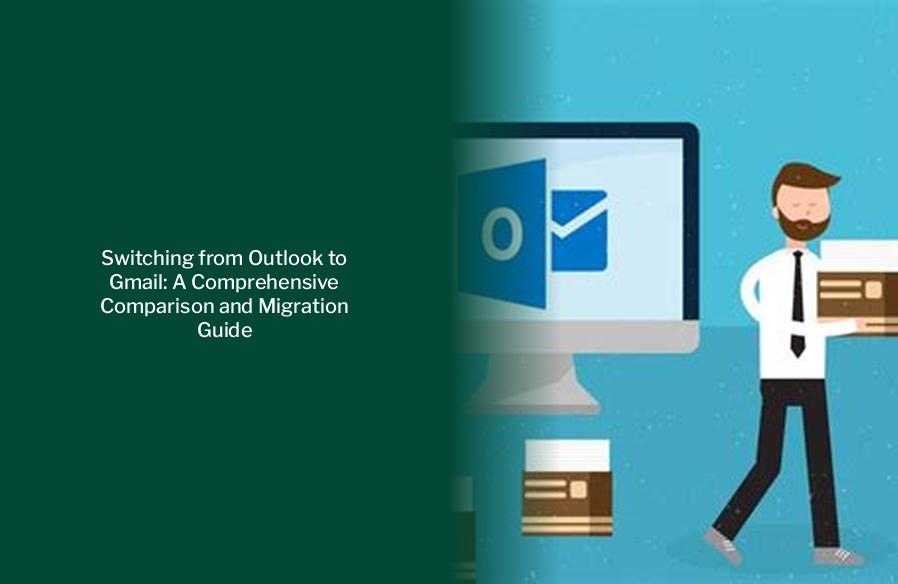Switching from Outlook to Gmail: A Comprehensive Comparison and Migration Guide

Key takeaways :
- The design of Outlook and Gmail differs notably in terms of layout, organization, and user interaction, and your familiarity with one solution may lead you to prefer it over the other.
- Practicality of switching includes variables such as costs, integrations, and platform learnability, particularly in a professional setting, which can impact your productivity in day-to-day tasks.
- Gmail is known as the most comprehensive data collector among email providers, as highlighted in the iOS privacy labels, surpassing its counterparts in data collection practices.
- Transitioning to Gmail introduces new best practices that can enhance collaboration and efficiency in dynamic work setups, such as smart compose, tabbed inbox, unsubscribe suggestions, importance markers, spam filters, and nudges.
Should I Switch from Outlook to Gmail?
When considering whether to switch from Outlook to Gmail, there are key factors to evaluate. One significant aspect to assess is the design. The design of these email platforms differs notably in terms of layout, organization, and user interaction. These disparities are subjective, and your familiarity with one solution may lead you to prefer it over the other.
Practicality of Transition
Another crucial aspect to contemplate is the practicality of switching. This includes variables such as costs, integrations, and platform learnability, particularly in a professional setting. Your ability to adapt to a new email platform can impact your productivity in day-to-day tasks.
According to Yen, Gmail is known as the most comprehensive data collector among email providers. This is evident in the iOS privacy labels, which highlight the substantial variance in data collection practices between Gmail, Outlook, and Yahoo. Gmail goes as far as collecting location data and purchase history, surpassing its counterparts.
If you are accustomed to using Microsoft Outlook in your work environment, your established practices likely align with Microsoft’s features. Transitioning to Gmail introduces new best practices that can enhance your collaboration and efficiency in dynamic work setups.
- Smart compose and personalized suggestions: Receive tailored writing prompts while composing emails for quicker responses.
- Tabbed inbox: Automatically categorize your messages for better organization and prioritization.
- Unsubscribe suggestions: Simplify the process of unsubscribing from promotional emails.
- Importance markers: Let Gmail predict and highlight important emails based on your past interactions.
- Spam filters: Benefit from Gmail’s robust spam detection capabilities.
- Nudges: Receive reminders for pending responses or actions within your inbox.
Gmail also allows for dynamic email updates, enabling you to complete tasks like responding to events or comments directly within the Gmail interface without switching to other applications.
Considering customization options, Gmail emerges as the clear winner due to its extensive range of features.
Winner: Gmail
For further exploration, you may be interested in exploring the top Gmail extensions for 2024. Regarding the cost, Gmail edges out Outlook slightly for individual users, making it a favorable option in terms of pricing.
Migrating from Outlook to Gmail
If you decide to transition your emails from Outlook to Gmail, the process is straightforward. To migrate your emails, log into your Gmail account, access the Settings menu, navigate to the Accounts and import tab, and select Import mail and contacts. Follow the prompts to input your Outlook address and complete the integration process smoothly.
>> Efficiently Remove Duplicate Recipients in Outlook: Excel Method & Expert Tips
